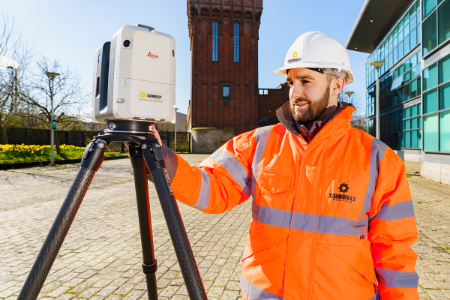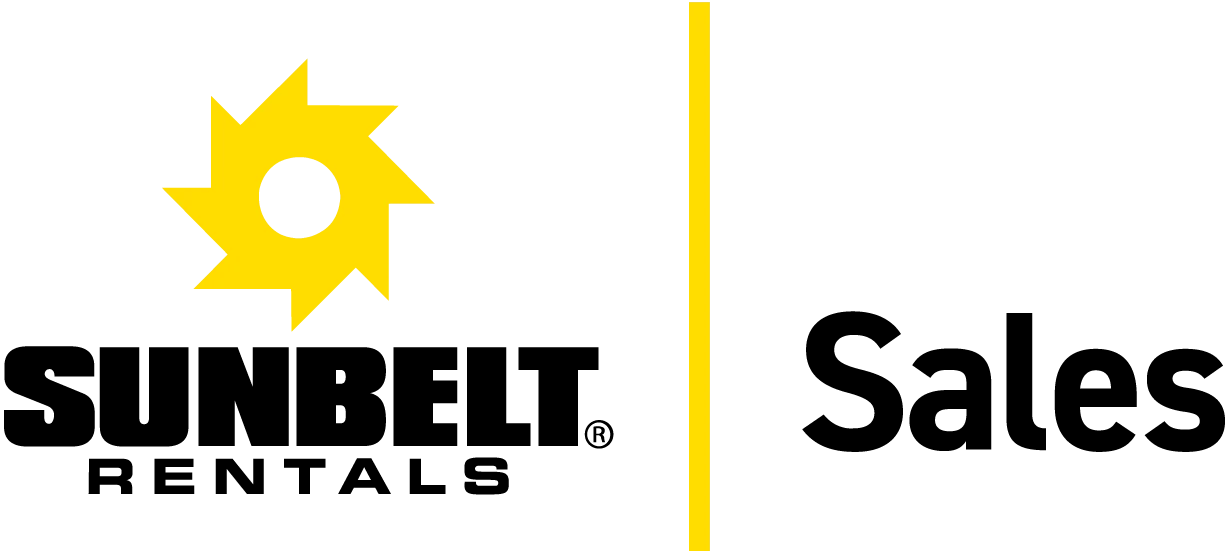3D Laser Scanning
Looking for a reliable and efficient way to collect accurate spatial data? Look no further than our range of 3D Laser Scanning Surveying Equipment at Sunbelt Sales. Laser scanning has become increasingly popular in industries such as surveying, film, and archaeology, where time on site is limited.
Our laser scanners can collect millions of individual point measurements within minutes, creating a detailed 'point cloud' of an object's external surface. By combining multiple data clouds collected from different viewpoints, you can create a comprehensive 3D dataset. This data can be used for visualisation, modelling, planning, and more.
But that's not all - our 3D Laser Scanning Surveying Equipment can also be used for BIM, geomorphological change analysis, heritage projects, and mapping pipes and cables. The possibilities are endless!
To find out more about our Survey Support Service, click here>>


